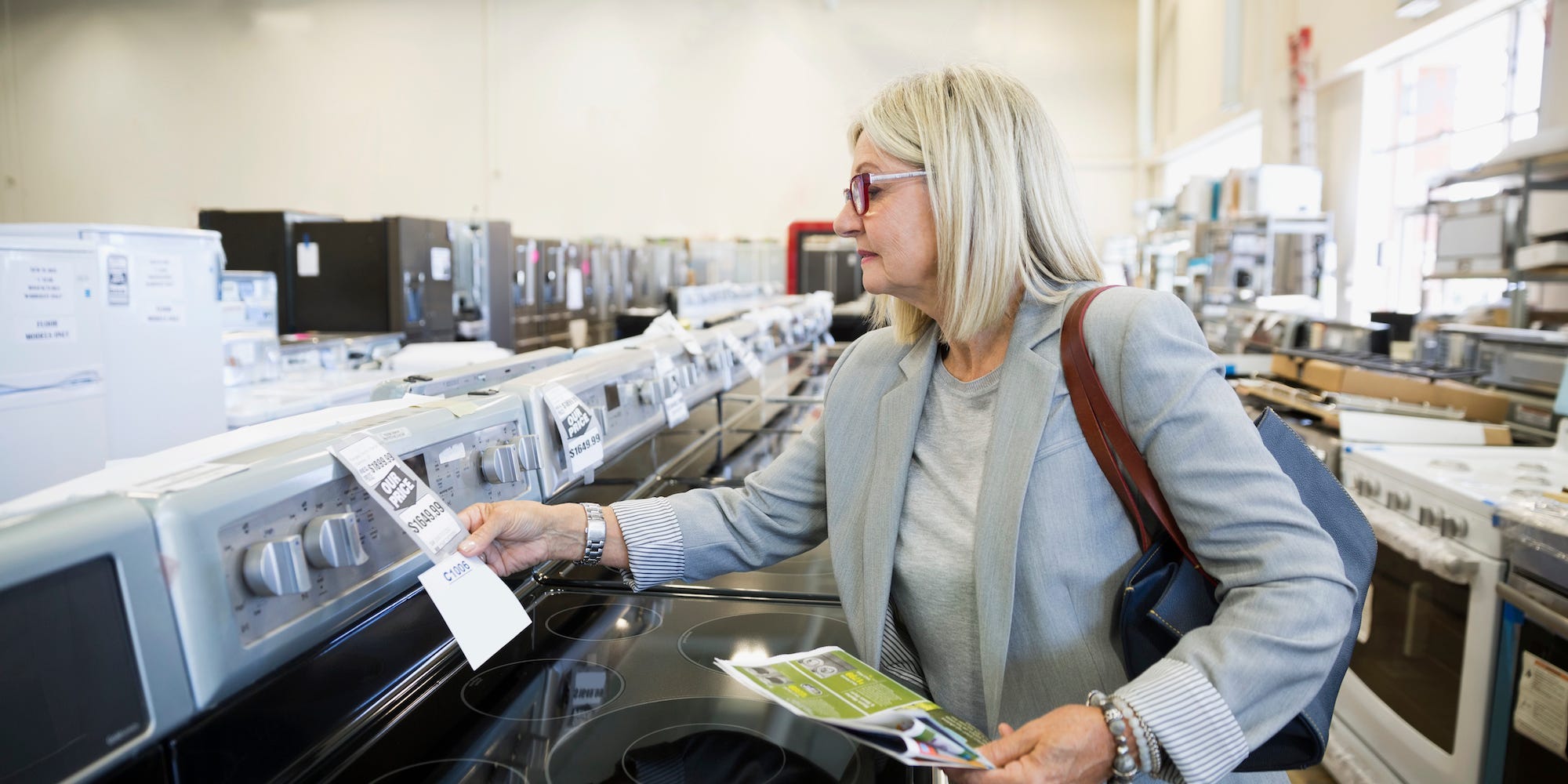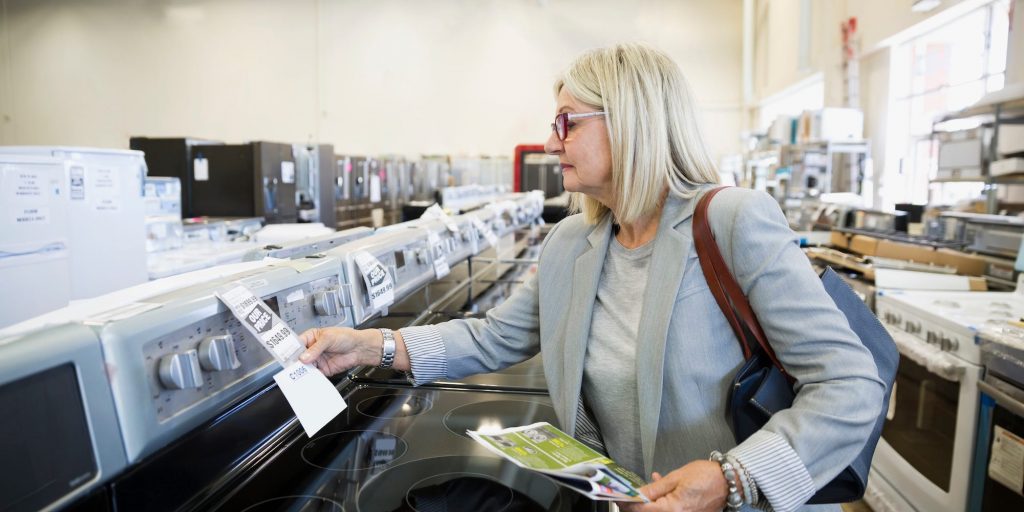
- Retailers are having a difficult time keeping shelves fully stocked.
- The shortages leave fewer items like clothes or appliances for clearance racks.
- That makes it even more difficult for consumers to find relief from rising prices.
- See more stories on Insider's business page.
If your shopping trips seem to be a bit more expensive lately, it's likely that your receipt shows something missing: discounts.
Likewise, if your visit to any store typically includes a lap past the clearance shelves, you may have noticed the pickings getting slim.
"Retailers facing tight inventories are having a tough time keeping shelves stocked with new stuff," Axios Markets' Sam Ro noted. "This means there's less stuff that'll get marked down and moved to clearance sections."
In other words, shortages of cars, clothes, and computer chips translates into a shortage of deals, too.
That may sound obvious when stated plainly, but surpluses and discounts have traditionally been a fact of American retail that shoppers could take for granted. There are even entire business models like TJX and Overstock.com built around it.
Data released last week by the US Census show that while sales have ticked up, inventories have not, leaving retailers in many sectors with a lot less on their shelves than they would like.
Across all businesses - manufacturers, wholesalers, and retailers - the inventory-to-sales ratio reached a multi-year low in May of 1.26, which means they have about five weeks of product available, compared with a pre-pandemic trend closer to six weeks.
The effects are more dramatic among retailers, which have closer to four weeks of inventory on average.
Certain retail categories are a lot tighter this year than they were last year, namely: vehicles and parts; furniture and appliances; clothing and accessories; and department stores.
Clothing stores saw the biggest swing as the pandemic saddled them with more than six months of stuff to sell in May 2020, and now they have less than two months' worth.
Bargains are unlikely to return any time soon, since delivery times are getting even longer, making it that much harder for stores to stay stocked ahead of consumer demand.
The increase in suppliers' delivery times also suggests that prices will continue to go up this summer, as the metric is commonly used to predict inflation, per IHS Markit's Chief Business Economist Chris Williamson.
With any luck, you might have a promotional coupon that's still valid.

